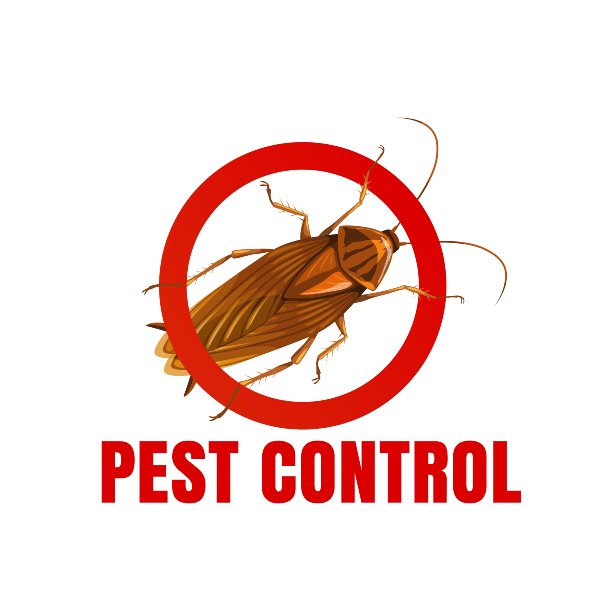A1 Charlotte Pest Control Companies - Your Neighborhood Pest Professionals
A1 Charlotte Pest Control Companies - Your Neighborhood Pest Professionals
Blog Article
Bed Pest Treatment Failure: Comparing Chemical Vs. Non-Chemical Solutions
In the world of bug control, especially when managing the persistent concern of bed insects, the selection in between chemical and non-chemical therapy options can be a crucial one. Both strategies supply distinct advantages and drawbacks, affecting elements such as effectiveness, safety and security considerations, and total expense. By analyzing the nuanced information of each technique, a clearer understanding of which course to go after in resolving a bed insect problem can be obtained.
Performance of Chemical Therapies
Chemical treatments for bed insect infestations have actually been extensively identified for their fast and potent efficiency in eradicating these insects. When thinking about the performance of chemical treatments, it is important to recognize that they can provide a extensive and fast solution to a bed bug trouble. Professional pest control men frequently rely upon insecticides to target bed insects at different stages of their life cycle, including adults, eggs, and nymphs. These chemicals typically work by disrupting the bed insects' nerves, bring about paralysis and ultimate death.
Moreover, chemical treatments have the benefit of offering recurring effects, indicating that they can remain to eliminate bed pests also after the initial application. This recurring action is particularly helpful in combating any type of prospective re-infestations. Additionally, the quick activity of chemical therapies can bring alleviation to people facing serious bed insect problems, permitting them to restore control of their home swiftly.
Security Worry About Chemical Solutions
One crucial element that needs mindful factor to consider when making use of chemical remedies for bed bug therapy is making sure the safety and security of occupants and the setting. While chemical treatments can be efficient in getting rid of bed pests, they might posture risks if not handled effectively. One of the primary safety worry about chemical solutions is the prospective harm they can create to human health and wellness. Exposure to certain chemicals made use of in bed insect treatments can result in respiratory concerns, skin irritability, or various other adverse responses, particularly in individuals with pre-existing problems or sensitivities. In addition, inappropriate application or dosage of chemical pesticides can cause poisonous deposits lingering in the cured area, posing lasting health and wellness risks to occupants.
Additionally, the environmental influence of chemical services is another substantial factor to consider. Some pesticides used in bed bug therapies may be damaging to helpful pests, wildlife, and communities if they seep into the soil or water systems. It is necessary to use chemical treatments carefully, adhering to safety guidelines, and taking into consideration much less poisonous alternatives to reduce these risks and make sure the efficient and safe monitoring of bed pest infestations.
Benefits of Non-Chemical Techniques
Taking into consideration the potential security problems and environmental effect connected with chemical services for bed bug treatment, exploring non-chemical techniques provides an appealing option with a number of unique advantages. Non-chemical approaches supply a more secure alternative for homes, see post specifically those with children, individuals, or animals sensitive to harsh chemicals. These techniques eliminate the dangers of exposure to poisonous substances, reducing the capacity for unfavorable health results. In addition, non-chemical treatments are eco friendly, as they do not contribute to air or water pollution, making them a lasting option for pest control.
Additionally, non-chemical solutions can be efficient in targeting bed pests, including hard-to-reach locations where chemical therapies might not permeate. Techniques such as warmth therapy, vacuuming, steam cleaning, and mattress encasements give extensive removal without the use of harmful chemicals. Additionally, non-chemical approaches can be much less turbulent, needing marginal preparation and permitting for quicker reentry into dealt with areas. In general, choosing non-chemical bed insect treatment approaches not only focuses on security and environmental management yet additionally makes sure thorough and effective pest control.
Limitations of Non-Chemical Treatments

In addition, non-chemical therapies frequently require several applications to achieve successful elimination. This can be time-consuming and may not always ensure full removal of all bed pests and their eggs, specifically in hard-to-reach or surprise locations.
Moreover, the success of non-chemical therapies greatly relies upon appropriate application and thoroughness, which can be testing for people without specialist know-how. Inadequate application of non-chemical methods may result in incomplete removal, resulting in additional reading relentless infestations and the demand for added treatments.
As a result, while non-chemical therapies have their advantages, it is important to acknowledge these limitations and consider them when identifying the most effective technique for taking care of bed pest infestations.
Price Comparison: Chemical Vs. Non-Chemical Options
Offered the limitations associated with non-chemical treatments, an important element to assess in the context of bed bug management is the price contrast between chemical and non-chemical choices. In comparison, non-chemical treatments like warm therapy or vapor can be more expensive, with prices varying from $1,000 to $6,000 for a whole home. While the preliminary cost of chemical treatments may seem reduced, several treatments might be needed to totally eradicate the problem, potentially boosting the overall expense.
Final Thought

Considering the prospective safety problems and ecological influence linked with chemical services for bed pest therapy, checking out non-chemical strategies provides an appealing choice with a number of distinct advantages.Provided the restrictions linked with non-chemical therapies, an essential facet to review in the context of bed pest monitoring is the cost comparison in between chemical and non-chemical options. In pest killing chemicals comparison, non-chemical treatments like heat treatment or heavy steam can be extra expensive, with expenses varying from $1,000 to $6,000 for an entire home. While the preliminary expense of chemical therapies might seem lower, multiple treatments may be needed to completely eradicate the infestation, potentially increasing the general price.In final thought, when comparing chemical and non-chemical bed insect therapy options, it is vital to think about effectiveness, security, benefits, limitations, and expense.
Report this page